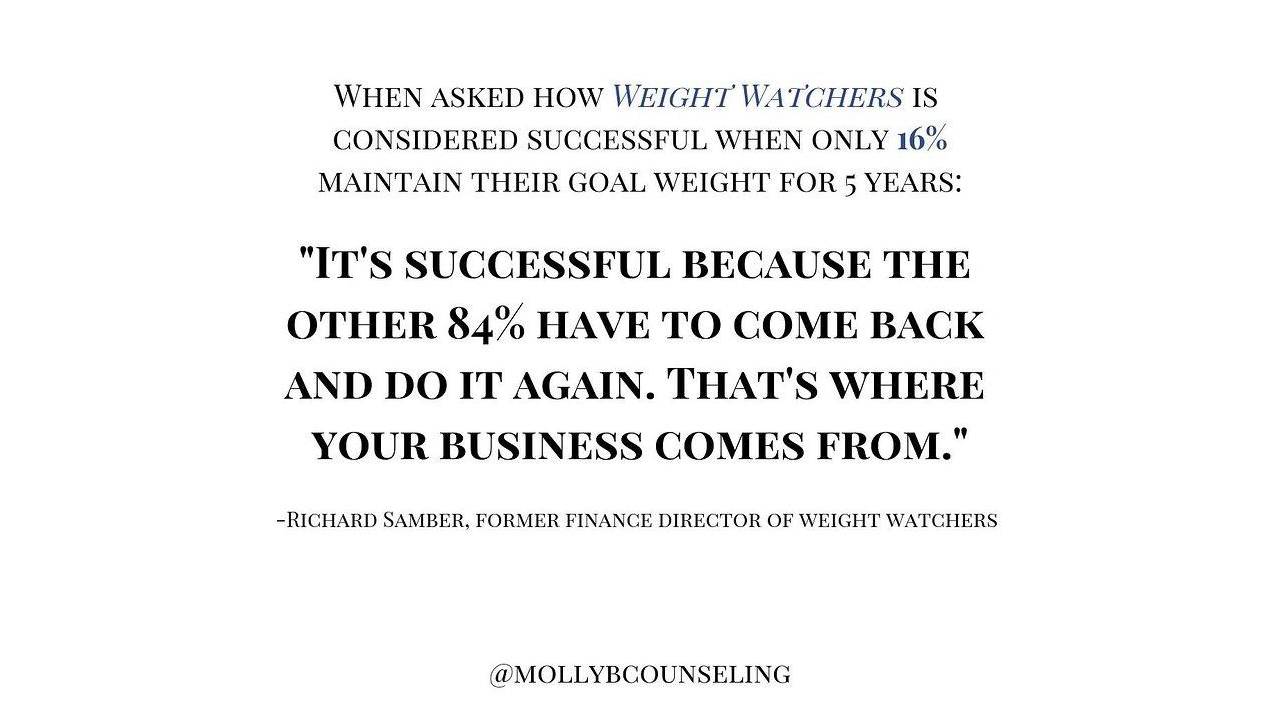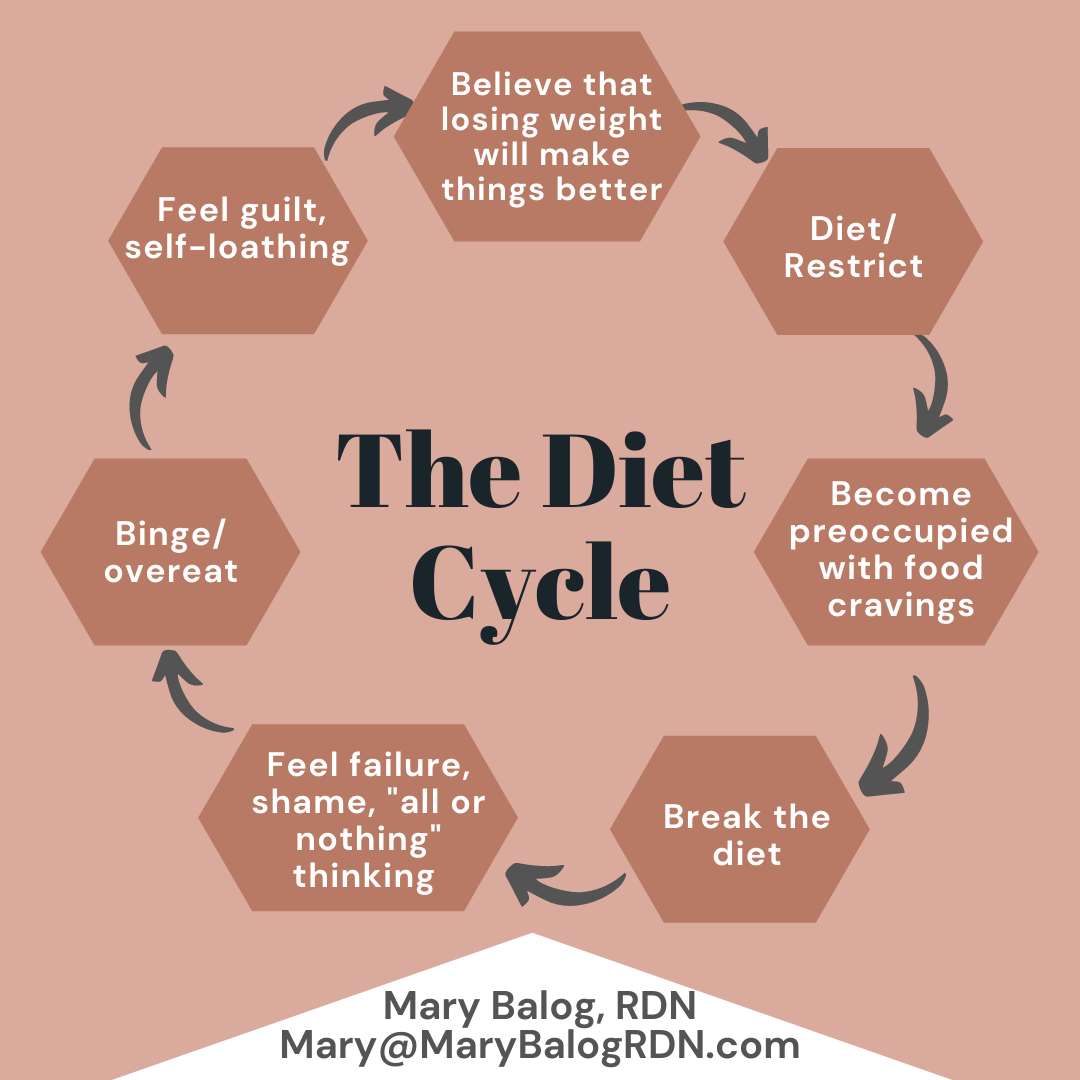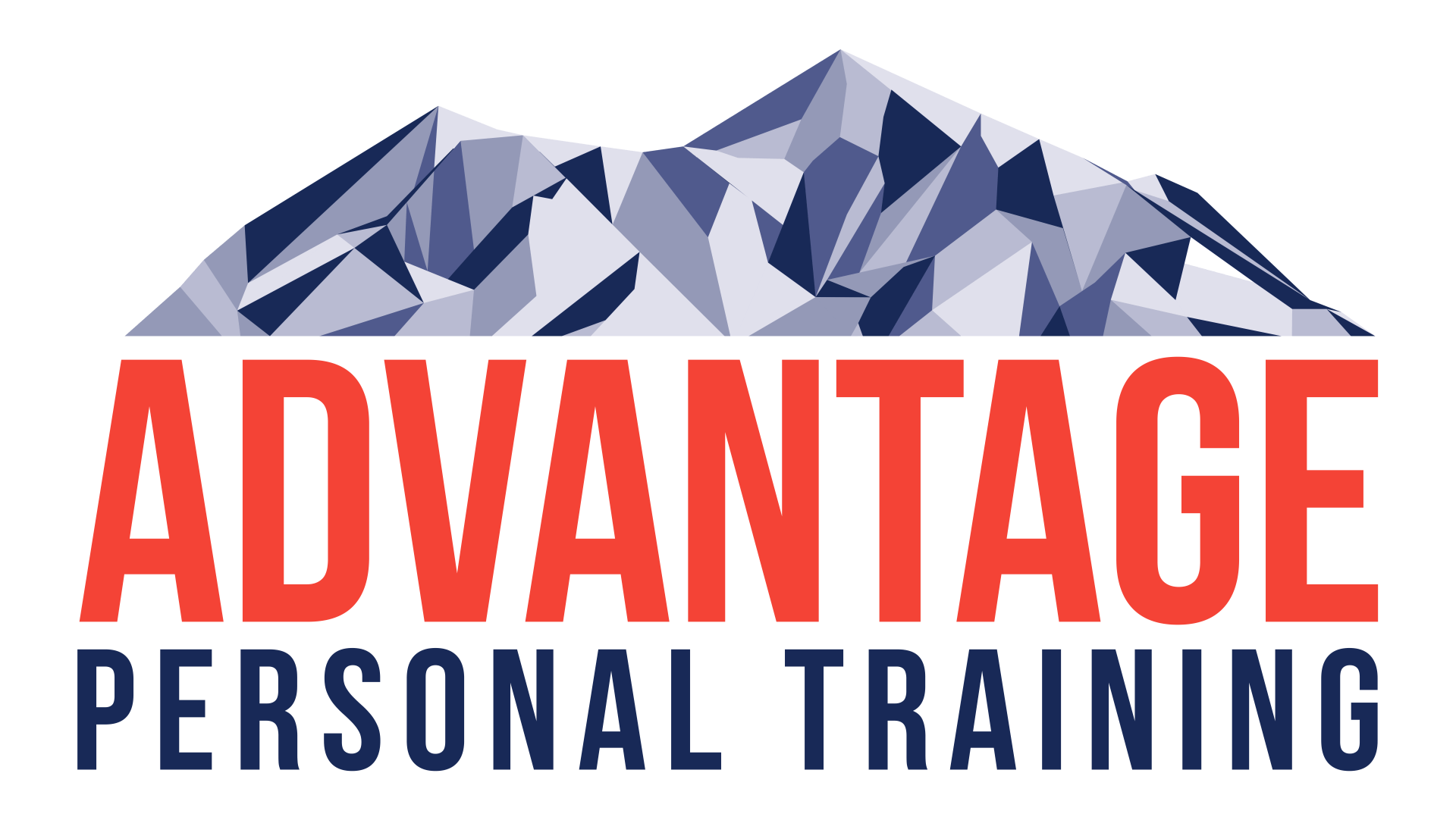Therapy Thursday: A couple reasons your hamstrings feel “tight”
The last few weeks, we’ve broken down my assessment for when someone tells me that their hamstrings are tight. My belief is, that outside of older folks who quite literally sit all day, every day and neurological type patient’s tight hamstrings are well outside of the norm.
So let’s look at a few things that might make you feel like your hamstrings are “tight.”
In a previous post, we talk about Lower Crossed Syndrome. Someone with a LCS type posture will typically appear to be postured into an anterior pelvic tilt.
Looking at the picture above, the pattern of tight hip flexors/back extensors and weak abs/glutes/hamstrings cause this shift anterior. Think about this for one second. The tightness of your hip flexors and back extensors creates more resting tension on your hamstrings. Boom, you feel like you have tight hamstrings.
I pretty regularly see someone who is hypermobile and tells me that they have tight hamstrings. I assessed a young, female hockey player last night who scored 8/9 on the Beighton Scale which means she has quite a bit of laxity throughout her body. Let’s go through her assessment:
1. Standing multisegmental flexion, she can put her palms on the floor.
2. Straight leg raise is well over 100 degrees.
Yet, her complaints are low back and hamstring tightness. Looking deeper:
3. Single leg stance is not very good, half kneeling position is very tough bilaterally
4. Deep squat isn’t happening (partially due to ankle mobility)
It’s looking more and more like she lacks stability.
Our young, female hockey player has no issue with hamstring length but she feels tight all of the time. I taught her neutral spine in hooklying, 1/2 kneeling, and standing, bracing and breathing. and the Big 3 by Stu McGill (search it on the internetz).
2. Neural Mobility
I’m a big dude and all but I’m relatively limber. As someone who has had a decently long history of low back issues including acute disc herniation and an adhered nerve root, bending forward more than 10-15 degrees has been next to impossible at points.
The sciatic nerve runs down from your spine, underneath your glutes and piriformis, down the back of your leg. Just above you knee it splits into two branches and heads down the back of your calf area as well as the outside of your lower leg.
Your nervous system is mobile and should be able to glide and slide along without a lot of interference. IF someone has had a disc issue, or piriformis syndrome, or any other kind of sciatic nerve tension it often times feels like you have very tight hamstrings. In this person, if you are wildly stretching your hamstrings thinking you are doing a ton of good, you are likely on the completely wrong path. If you feel like you have tight hamstrings, give yourself a quick test:
Quick shout out to my man Ryan, who has a positive Slump test. Pain, irritation, numbness, tightness on one side more than the other here and you should be coming in for a visit with me. If you’re stretching through this all day, you will be stretching for a long, long time without result.
3. Three other reasons your could feel tight.
1. Any kind of previous strain or tear of the hamstring where the healing of tissue has been inadequate
2. You are actually tight. Most people walking into Advantage will not fit this classification but particularly powerful athletes like sprinters and jumpers can store a lot of elastic energy in some tight hamstrings. One of the two fastest people I ever worked with was drafted by the Denver Broncos in 2008. He was also had some of the tightest hamstrings I’ve ever seen, including in the elderly population. Those things were like springs man, they helped make him fast. The point of this story is that if you fall into that category, stretching may take away some of your explosiveness.
3. Poor spinal mobility. No one wants a disc problem and we all believe that you should never load up a rounded spine with weights. However, that doesn’t mean you shouldn’t be able to full round your spine. In the standing toe touch assessment, part of the drill is having a nice, uniform curvature in your spine. In this video, Austin actually has decent rounding of his spine. There looks like there is a stiff region or two but overall there is rounding throughout. Remember, we aren’t going to sustain this posture. We are using it as an assessment.
I believe that anyone who works out for better fitness, for sport, or to prepare for sport would benefit from a full assessment. But if you are young (younger than 60), somewhat active and you’re feeling a lot of tension in your low back and hamstrings come in and get those things checked out. So many times, it is a quick and easy solution and you can get back to feeling normal again.
This wraps our assessment and reasons for why you may feel like you have tight hamstrings. Remember, this list is not exhaustive. If you feel tight or you feel like your performance is lacking and you’ve been stretching your little heart to feel loose again only to be let down, let’s sit down and talk about it, take a look at it.




Advantage Personal Training is an Ann Arbor based Family Oriented Gym, focusing on the training needs of individuals, small groups and youth athletes. Meet with a results-oriented personal trainer and put yourself on the path to a more active life!
SERVICES
CONTACT INFORMATION
Hours of Operation
Mon to Fri: 6:00 AM - 8:30 PM
Sat: 8:30 AM - 12:30 PM
Sun: CLOSED
All Rights Reserved | Advantage Personal Training



